Recently, the driest desert in the world, the Ataсama, located on the Pacific coast and covering 1,000 kilometers of Chilean land, suddenly turned into a mallow colored flower carpet. It is a well-known fact deserts – from time to time – bloom for several days or even weeks, but not every year.
Sputnik presents to you a photo gallery of some breathtaking and fragile moments of the revival of deserts.
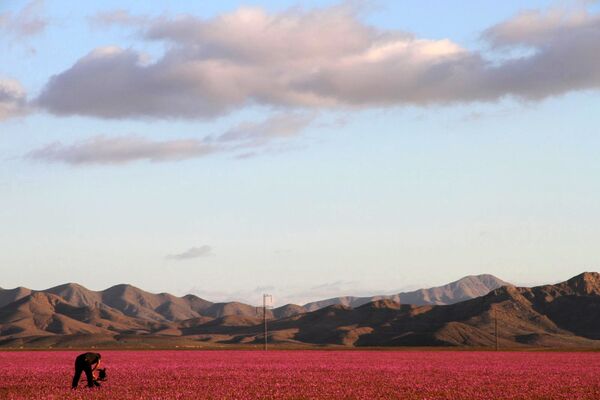
The Ataсama Desert is one of the driest places on Earth. Usually, it only sees 50 mm of precipitation yearly, with absolutely no rainfalls in some areas for decades.
Above: Flowers bloom at the Huasco region on the Atacama Desert.
Above: Flowers bloom at the Huasco region on the Atacama Desert.

This year, the phenomenon in the Ataсama was caused by the El Nino, a periodic warming in sea surface temperatures across the Equatorial Pacific, which brought the heaviest rainfall in two decades.
Above: Flowers bloom on the desert in the Llanos de Challe national park, at the Atacama Desert.
Above: Flowers bloom on the desert in the Llanos de Challe national park, at the Atacama Desert.
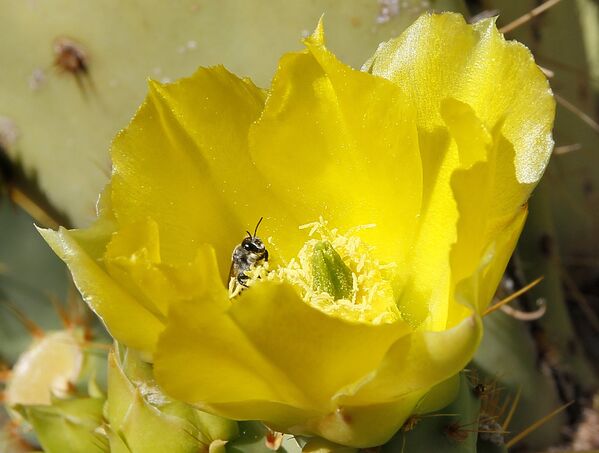
3/15
© AP Photo / Matt York
Above: A carpenter bee harvests pollen atop a flowering prickly pear cactus Wednesday, May 2, 2012, at the Desert Botanical Gardens in Phoenix.
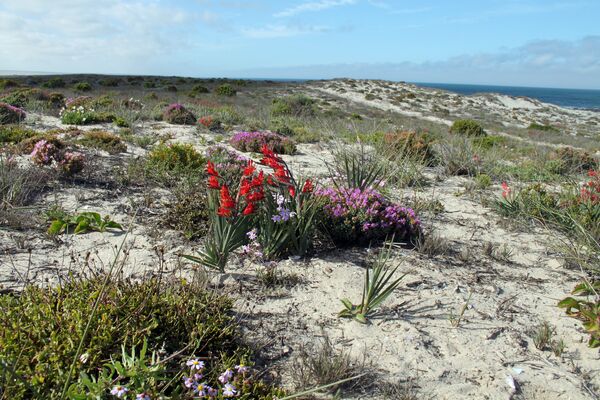
Above: Dune flowers, Namaqualand.
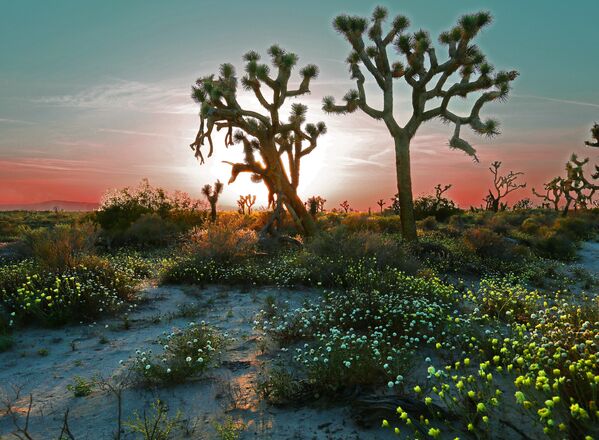
Above: Spring in the desert, California.
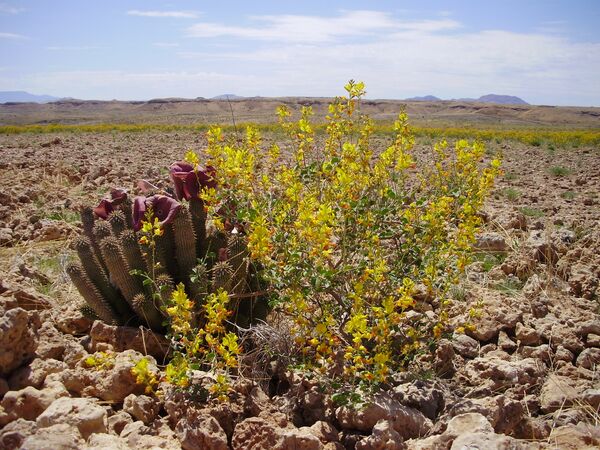
Such a phenomenon occurs when rainfall helps germinate dormant seeds, allowing flowers in the usually barren desert to bloom.
Above: Namib-Naukluft National Park.
Above: Namib-Naukluft National Park.
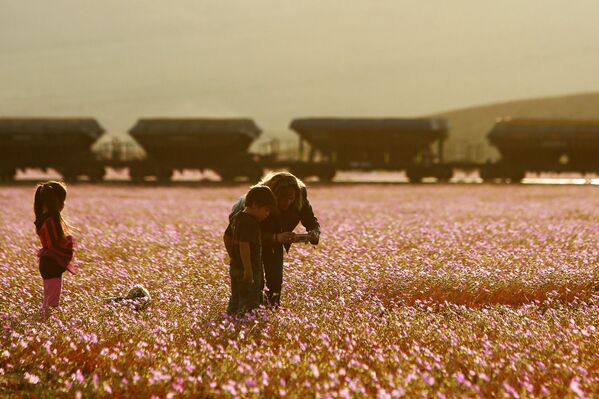
For the Ataсama, the particular phenomenon is called desierto florido, or flowering desert.
Above: A general view over a mallow field in the Atacama region.
Above: A general view over a mallow field in the Atacama region.
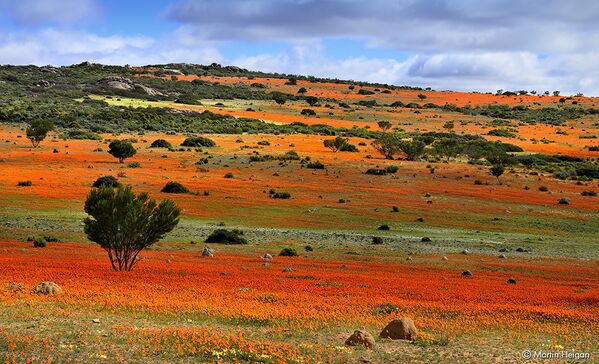
Above: Carpet of daisies in early spring in Namaqualand.
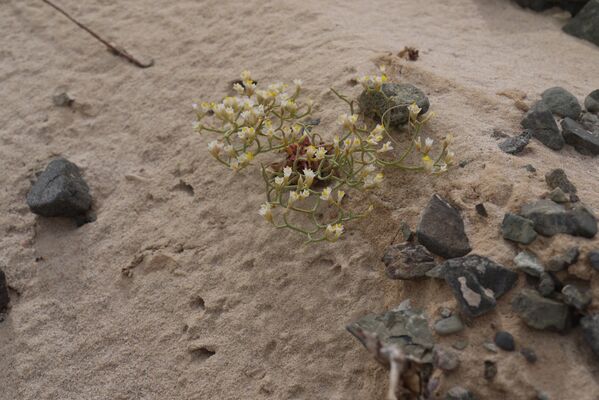
Above: Togrogiin Shiree is an escarpment in the Gobi with an abundance of fossils.
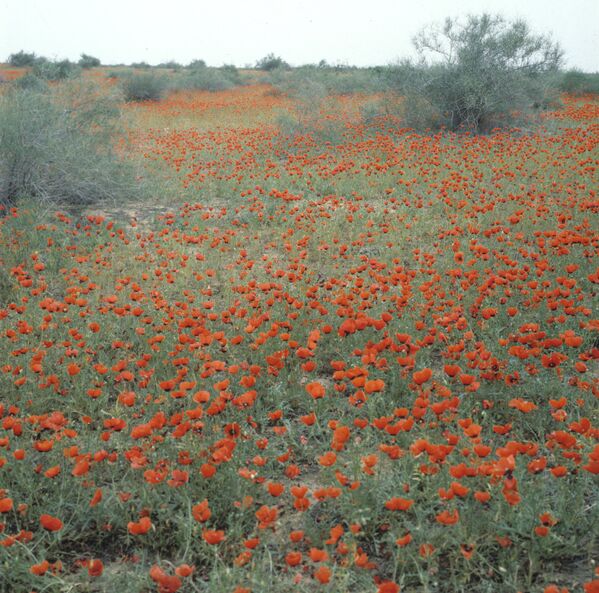
Above: Karakum Desert in spring. Poppies in bloom.
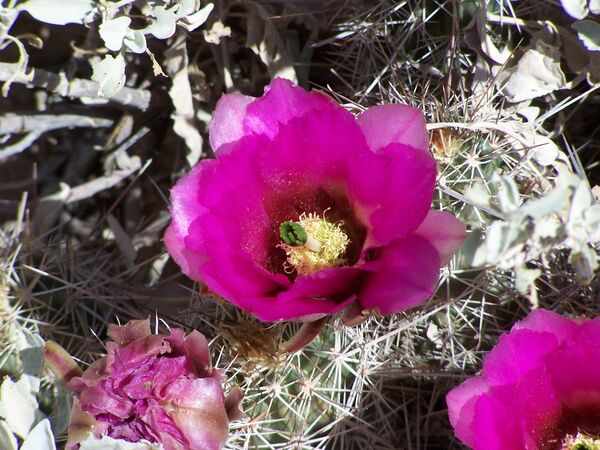
Above: Arizona Sonora Desert.
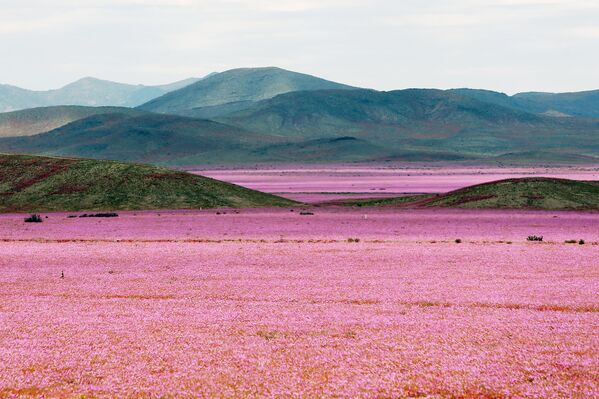
The Atacama Desert has well over 200 different species, with herbs being the most typical to bloom – mallow is the most dominant of these flowers and comes in a perfect shade of pink.
Above: A general view over a mallow field in the Atacama region.
Above: A general view over a mallow field in the Atacama region.

Above: A costa colibri bird in the Sonora Desert, Arizona.
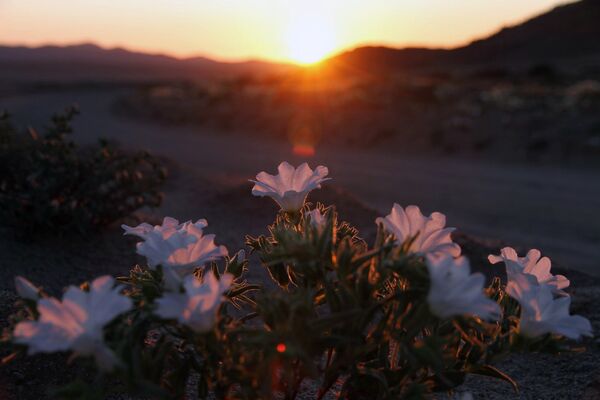
In the Ataсama, flowers normally bloom every five to seven years but this year’s showing has already been called one of the most spectacular ever.
Above: Flowers bloom at the Huasco region on the Atacama Desert.
Above: Flowers bloom at the Huasco region on the Atacama Desert.
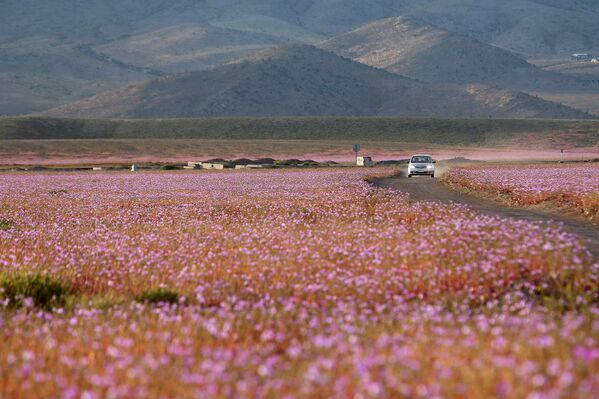
Many people from across the world travel to witness the phenomenon of the desert bloom.
Above: A general view over a mallow field in the Atacama region.
Above: A general view over a mallow field in the Atacama region.

